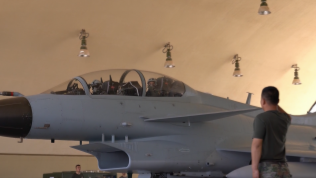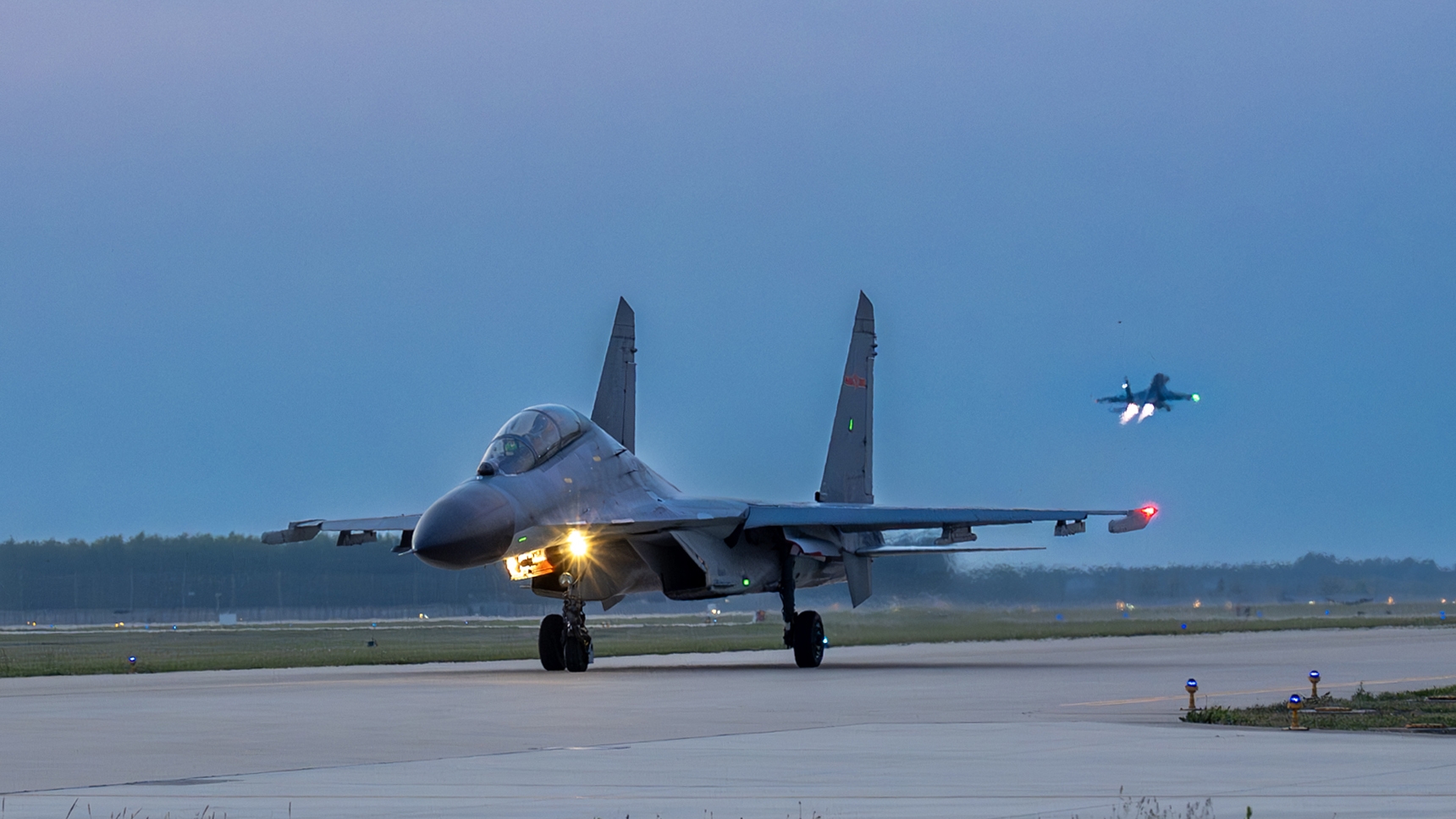By Yu Bing and Han Guangshuo
NATO's Steadfast Defender 2024 exercise is currently underway. As NATO's largest military exercise since the end of the Cold War, Steadfast Defender 2024 serves as a validation of NATO's new strategic concepts and defense plans, and a response to the escalation of the Russia-Ukraine conflict. However, this exercise not only fails to bring security to Europe but may further aggravate the regional situation and potentially trigger even larger conflicts.
Largest military exercise in decades
The Steadfast Defender exercise is held every three years to test the joint combat capabilities of NATO member countries' armed forces. It began on January 24 and will last until May 31. This exercise coincides with the 75th anniversary of NATO's founding and is planned and commanded directly by NATO Headquarters, making it a high-profile exercise.
The exercise features large-scale and multi-domain. Steadfast Defender 2024 is NATO's largest military exercise since 1988, with approximately 90,000 participants from 31 NATO member countries and partner nation Sweden. The exercise includes more than 50 ships, including aircraft carriers and destroyers, more than 80 aircraft, helicopters, drones and more than 1,100 combat vehicles. The exercise covers multiple domains, including land, sea, air and cyberspace, and is designed to thoroughly test NATO's multi-domain joint combat capabilities.
The exercise features crisis response and a focus on real-world combat. The exercise is combat-oriented and focuses on crisis response. The assumed scenario for Steadfast Defender 2024 is an attack on the Suwałki Gap on the Polish-Lithuanian border, which would trigger collective defense under Article 5 of the North Atlantic Treaty. The exercise involves the transatlantic deployment of forces in North American and the rapid deployment of the NATO Response Force. The basic strategy is to use rapid reaction forces to deal with the initial crisis and to use reinforcing forces to win a large-scale "war". It is noteworthy that this exercise is the first to use real geographic data to create the exercise scenario, with a strong focus on real forces in real combat.
The exercise lasts for months with a wide scope. Steadfast Defender 2024 consists of a series of independent exercises stretching from North America through Northern Europe, Central and Eastern Europe, approaching the Russian border and extending for thousands of kilometers, almost encircling the entire Ukrainian battlefield. The exercise focuses on the deployment of the NATO Response Force to Poland, Lithuania, Latvia and Estonia, with Germany as a base to provide strategic depth, to demonstrate that NATO can conduct and sustain complex multi-domain operations over several months, across thousands of kilometers, from Northern Europe to Central and Eastern Europe, and in all conditions.
Military deterrence against Russia
Despite NATO's claim that it is not targeting any particular country, the proximity of the exercises to the Russian border and their timing during the Russian presidential election suggest clear intentions of confrontation and deterrence. NATO-Russia relations have remained strained since the outbreak of the Russia-Ukraine conflict. In 2022, NATO redefined Russia as "the most significant and immediate security threat" in its new Strategic Concept.
NATO conducted the Steadfast Defender 2024 exercise with the primary objectives of advancing the implementation of a new defense plan, testing the capabilities of transatlantic force projection and rapid reaction forces, transitioning its concept from crisis response to major allied warfare, improving readiness, and strengthening preparations for operations against Russia. The exercise marked the first implementation of the new defense plan adopted at last year's NATO Summit in Vilnius. The plan identifies Russia and terrorism as the two main threats confronting NATO.
At the same time, NATO conducted large-scale military exercises on the Russian-Ukrainian battlefield at a time when Ukrainian forces suffered setbacks in the conflict with Russia and Western countries showed signs of "Ukraine fatigue". The goal is not only to create an atmosphere of "all-out resistance to Russia" through war propaganda to maintain Western public support for military aid to Ukraine but also to boost Ukrainian morale, which has been worn down by the prolonged war.
There are also political considerations behind NATO's tense military exercises. The United States and several European countries will have leadership elections within this year. The possibility of a Trump return to power and the rising influence of right-wing forces in Europe have become a "sword of Damocles" hanging over transatlantic allied relations, potentially causing rifts among NATO member countries. Therefore, NATO must prove its value to support the Biden administration which "values allies". At the same time, demonstrating "values and core principles" is also a crucial objective of NATO's military exercises this time around.
Escalating geopolitical tensions
While NATO attempts to deter Russia through military exercises, it is unlikely to have a significant impact on the Russia-Ukraine battlefield. Its confrontational actions exacerbate tensions without addressing the security concerns of member countries. Instead, they will deepen hostilities between European countries and Russia and worsen the overall security situation in the region.
On one hand, instability in Europe is itself the result of the United States' pursuit of hegemonic self-interest and domination of NATO's continuing eastward expansion. NATO's "muscle-flexing" through military exercises contradicts its purported pursuit of "collective security" and will further escalate geopolitical tensions. On the day Steadfast Defender 2024 was launched, Russia officially terminated its cross-border cooperation agreement with Finland. The following day, Putin appeared in Kaliningrad Oblast, the headquarters of the Baltic Fleet, sending a strong warning.
On the other hand, NATO's large-scale military exercises are a double-edged sword. While deterring adversaries, they also harm themselves. In some NATO countries, citizens have begun to panic-buy items such as radios, outdoor cooking equipment, flashlights, and electric kettles. Currently, European countries are mired in stagnant development and social divisions. The rise of far-right forces is seriously undermining Europe's traditional political security structure. Although the Russia-Ukraine conflict has brought countries together under NATO, it is by no means a remedy to NATO's substantive incapacity.
In conclusion, the US-led large-scale military exercises are nothing but a repetition of the same old trick, an attempt to tighten its grip on Europe while diverting attention from its domestic problems. More and more people have realized that the provocations led by the United States within NATO are the root cause of the escalating world turmoil, and the image of US hegemony will continue to crumble.









